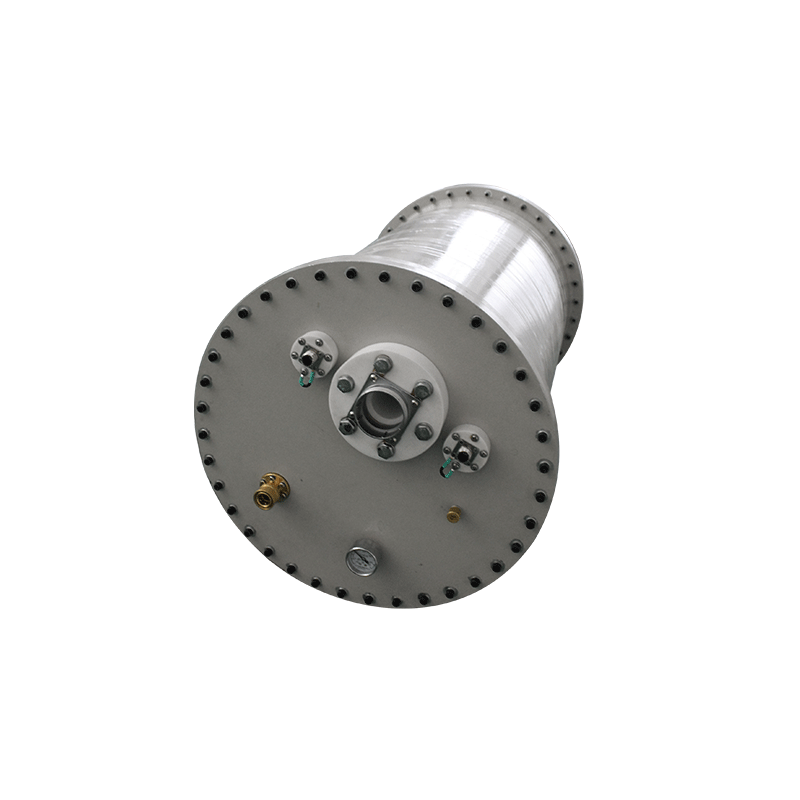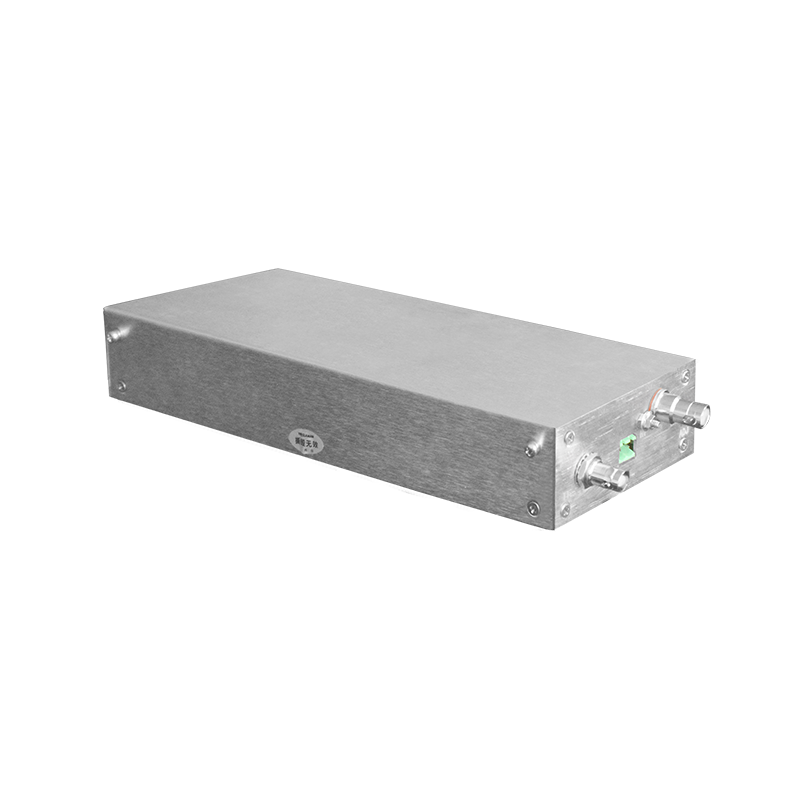The Critical Role and Technical Challenges of High-Voltage Generators in the Transient Response of Large-Capacity Loads in Power Systems
With the rapid development of power electronics technology, high-voltage and high-power equipment has become increasingly widespread in power systems. Among them, high-voltage generators, as one of the core components, play a crucial role in responding to transient responses of large-capacity loads. This article will delve into the professional field and explore in depth the role of high-voltage generators in this area and the technical challenges they face.
**I. The Role of High-Voltage Generators in Power Systems**
High-voltage generators are special power supply devices in power systems, mainly used to generate high voltage and large current to meet the power supply needs of specific equipment. In the process of transient response of large-capacity loads, high-voltage generators can quickly adjust the output voltage and current, ensuring that load devices reach a stable working state in an extremely short time. This is crucial for the stable operation of the power system, especially in scenarios such as new energy access and flexible power transmission, where the fast response capability of high-voltage generators is essential for ensuring grid security and stability.
**II. Technical Challenges**
1. **Improving dynamic response speed**: The transient response of large-capacity loads requires high-voltage generators to have extremely high dynamic response speeds. However, traditional high-voltage generators often have slow response speeds and are difficult to meet the modern power system's requirements for speed. Therefore, how to improve the dynamic response speed of high-voltage generators has become an urgent problem to be solved.
2. **Output voltage stability control**: During the transient response process, the output voltage of the high-voltage generator may experience significant fluctuations, which is very unfavorable for the normal operation of the load device. Therefore, how to accurately control the stability of the output voltage and ensure that it remains within the allowable range during the transient response process is another important technical challenge.
3. **System heat dissipation and efficiency optimization**: High-voltage generators generate a lot of heat during operation, and if not dissipated in time and effectively, it may lead to equipment damage or performance degradation. At the same time, improving system efficiency is also an important way to reduce energy consumption and achieve green development. Therefore, how to solve the heat dissipation problem and optimize system efficiency while ensuring equipment performance is another important direction for the development of high-voltage generator technology.
4. **Electromagnetic compatibility and reliability issues**: High-voltage generators may cause interference to surrounding equipment when working due to high-frequency electromagnetic interference, and may even lead to system failure. In addition, long-term operation in harsh environments may also reduce equipment reliability. Therefore, how to solve electromagnetic compatibility problems and improve equipment reliability is the key to ensuring the stable operation of high-voltage generators in power systems.
**III. Conclusion and Outlook**
In summary, high-voltage generators play a key role in the transient response of large-capacity loads in power systems, but at the same time, they face many technical challenges. In the future, with the continuous development of power electronics technology, control theory, and new materials, we have reason to believe that high-voltage generators will make major breakthroughs in dynamic response speed, output voltage stability control, system heat dissipation and efficiency optimization, and electromagnetic compatibility and reliability, providing strong support for the sustainable development and safe and stable operation of power systems.




















